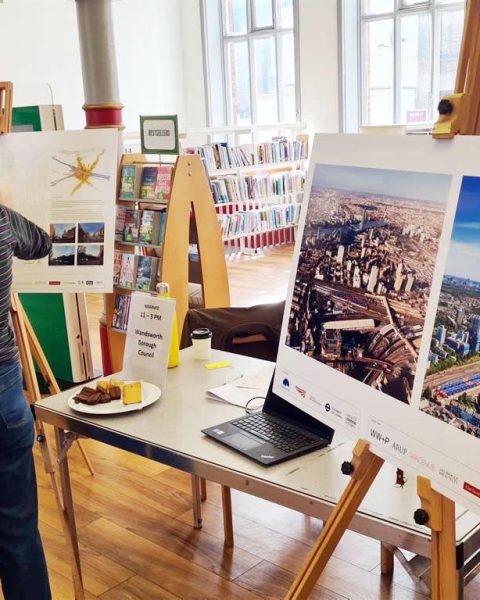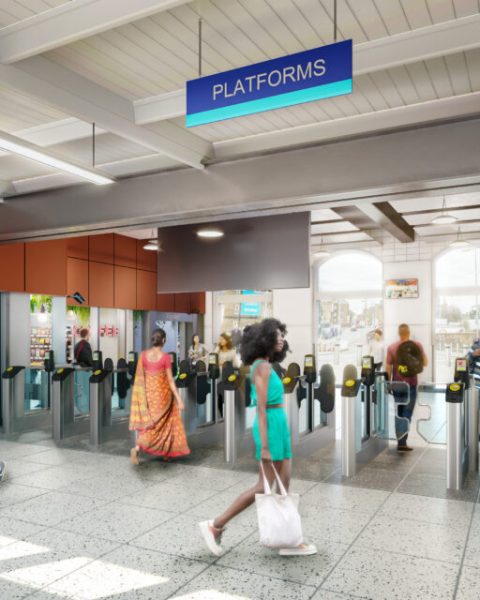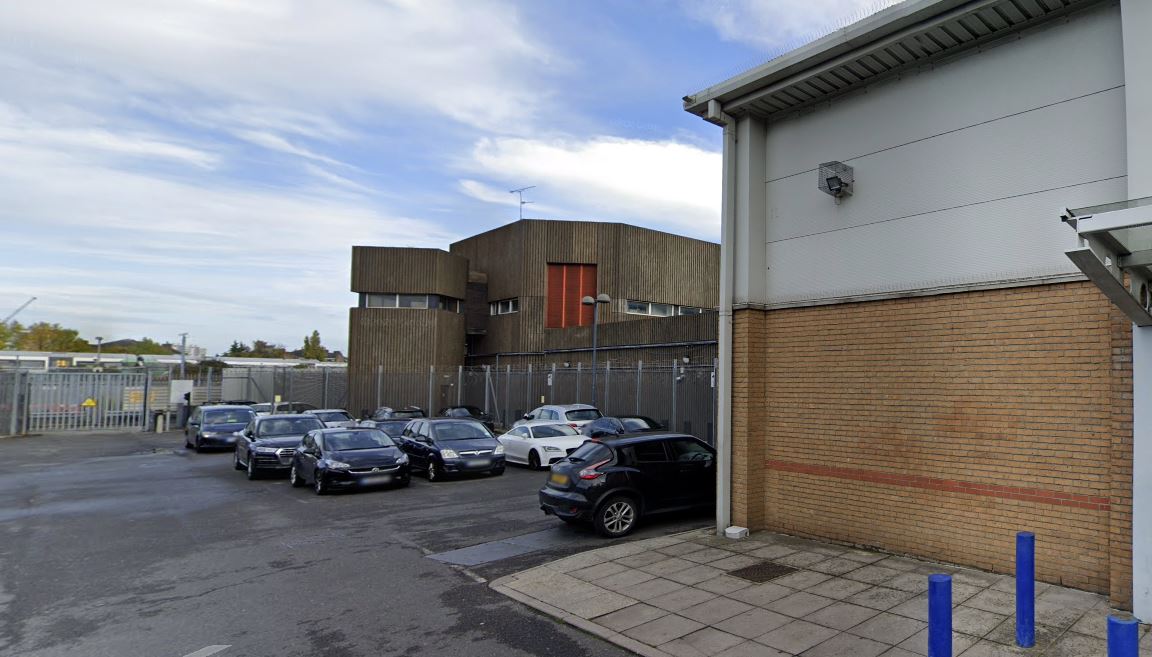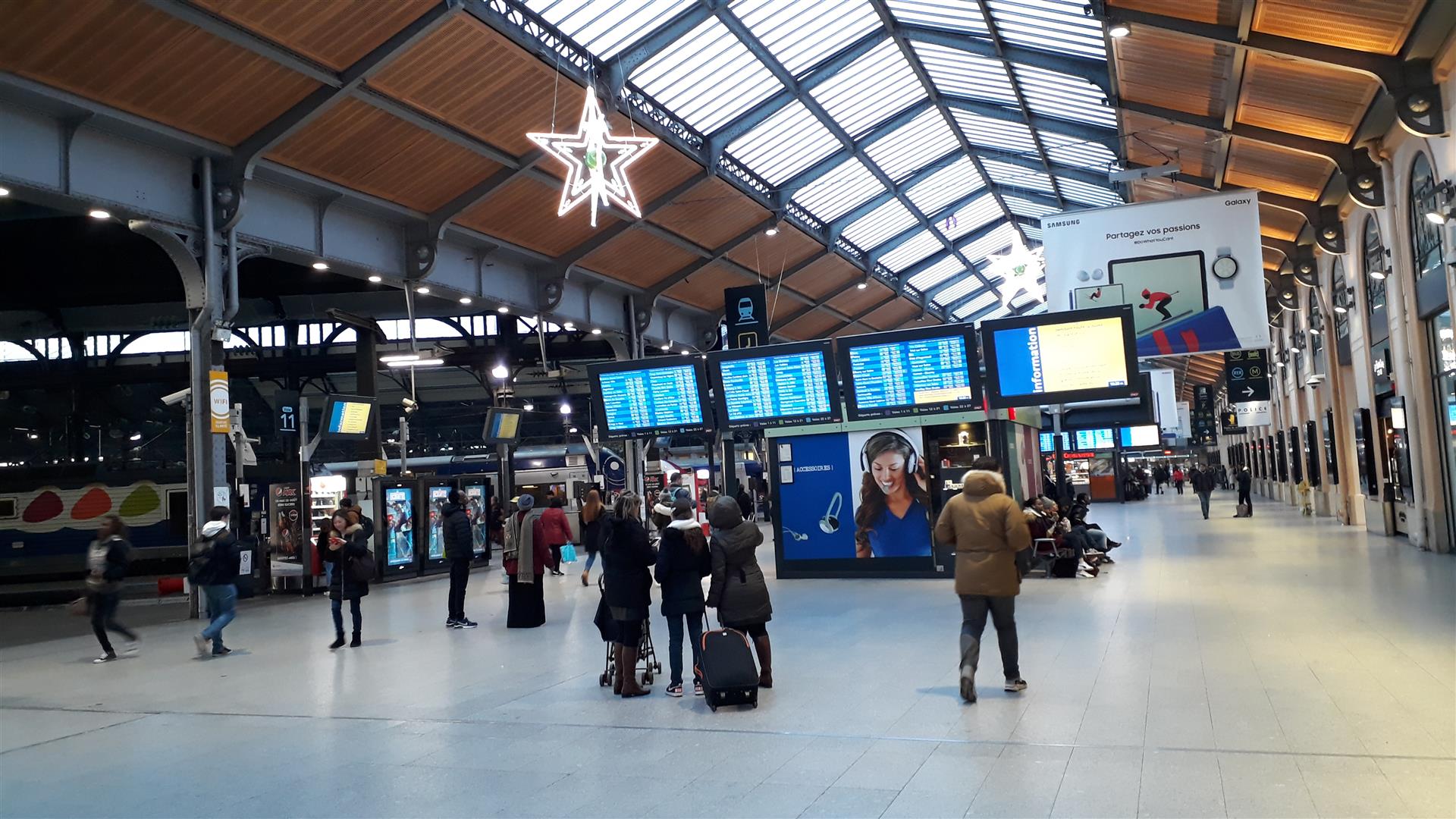At the beginning of April, it was announced that Network Rail has taken over the running of the station to allow it to take any decisions on its redevelopment more easily.
NR is looking at options to relieve congestion in the short term, as well as investigating the feasibility of a massive station redevelopment in the longer term.
Network Rail is currently carrying out a feasibility study to see whether an over site development (OSD – i.e. making sure that any redevelopment provides the best return on investment possible) could fund a major redevelopment of the UK’s busiest station. The study is being carried out by Innova, a 50-50 joint venture between Network Rail and property developer Capco. According to propertyweek.com, the project might require an investment of around £500m.
In an interview to New Civil Engineer, Chris Curtis (Network Rail head of Crossrail 2) said:
“Clapham is a very large area as there is a lot of tracks plus sidings, so there could be a substantial development there and, although difficult to build, could provide value.
We are carrying out this work to see how viable it is to deck over a significant part of the station and then build something on top.
What that will be, we don’t know yet. Given that we would be decking over the station, it essentially gives us an opportunity to sort out the problems at Clapham once and for all.”
He explained that the potential over site development could pay for works to “sort out the station once and for all” through third party funding, following governments suggestions that the private sector could fund railways developments.
Most railway stations are managed by the train operators and Clapham Junction was previously run by South Western Railway. The potential upgrade overseen by Network Rail could be on such a scale that it would certainly extend beyond the life of the operator’s franchise, from 2017 to 2024, and therefore the public body of the Department for Transport decided to take over the station maintenance and work. South Western Railway will retain most day-to-day responsibilities for running them, and staff roles will not be directly affected.
Although the station is the 10th busiest in London overall, it is the busiest for people swapping between trains, using the often overcrowded footbridge and tunnel. Clapham Junction station has seen ‘phenomenal’ growth in the last decade rising from 17M passengers a year coming in through ‘the front door’ and 20.5M using it as an interchange in 2009 (at the time the controversial Twin Towers scheme was proposed), to around 32.3M and 30.4M in 2016.
According to newcivilengineer.com, plans were put forward in control period 5 (CP5 – 2014 to 2019) for a congestion relief scheme to build a second, wider pedestrian bridge over the tracks. This has been subsequently moved to CP6 (2019 to 2024) and should the OSD prove unfeasible this will still go ahead as NR gained £300,000 for short term measures to relieve congestion.
CJAG is welcoming NR’s move (we advocated from the beginning that redeveloping CJ station was the responsibility of NR, not a compensation for private property developers appetite [*] ) but will continue to watch carefully the process.
Following the successful fight against the developers plan for the two 42 storeys skyscrapers (secretly under discussion for years with Network Rail and Wandsworth Council involved, as we revealed!), CJAG has invited contributions for redeveloping Clapham Junction station and those have been submitted to Network Rail.
Unlike the failed attempt in 2009, we hope that community groups will be closely consulted, included and seriously considered along any proposal.
Redevelopment of Guildford station opposed by council and local residents
Network Rail also took over Guildford, where a controversial upgrade plan for £150 millions was approved on appeal by the planning inspectorate in January 2018, with residential building (mix use development with 445 residential dwellings) from a series of six development blocks and is principally 8-9 storeys (25 to 31 metres) in height with one block acting as a ‘marker’ building and extending to 15 storeys (47 metres). The plan was given the green light despite strong opposition of local residents and the leader of Guildford borough.
[*] In CJAG’s submission on 7 May 2009 we wrote: “Clapham Junction station requires Network Rail to be held to its commitments to develop the station“.


















How can we help Chris Curtis understand that he should be referring to Clapham Junction rather than Clapham when he is talking about the station? We don’t need Network Rail or Crossrail adding to the confusion about Battersea vs. Clapham.